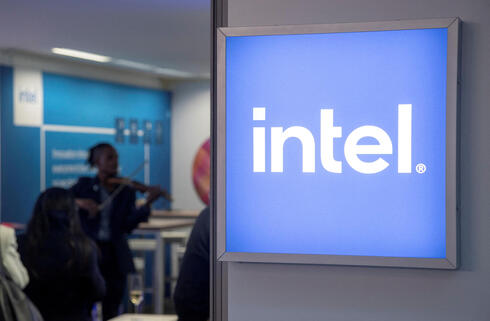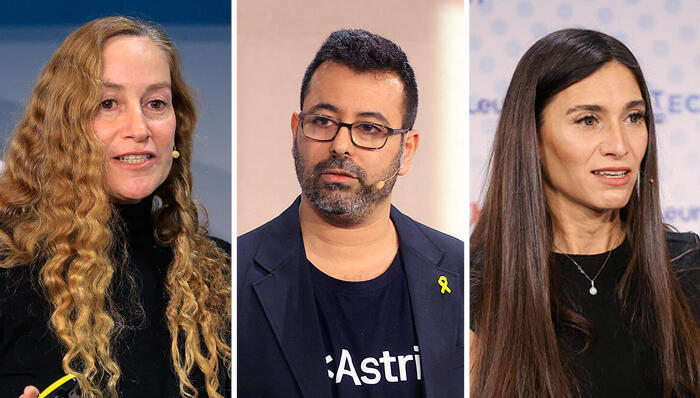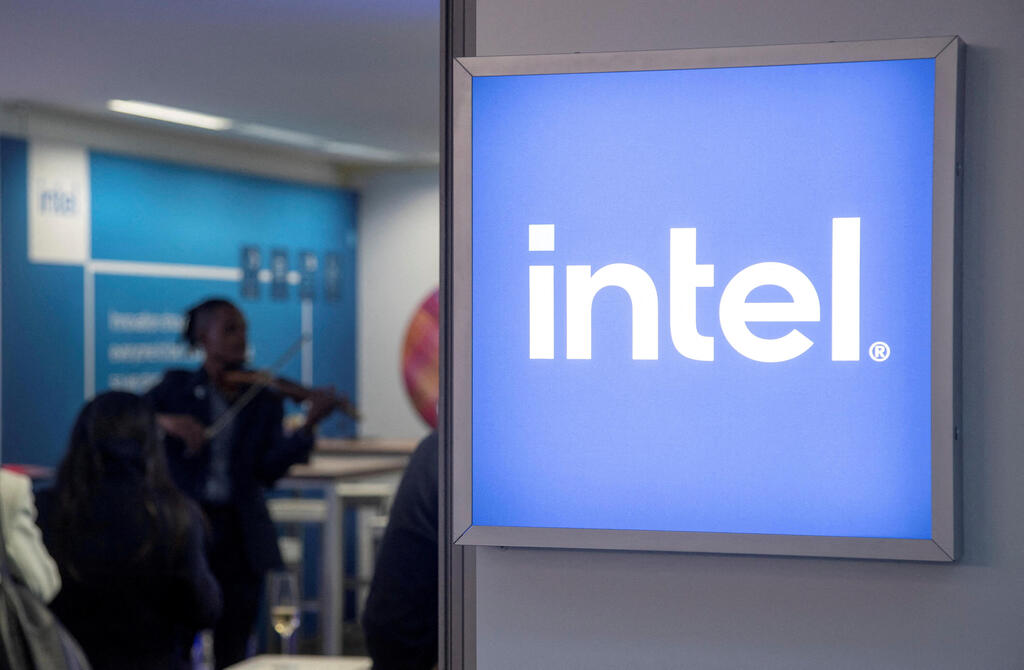
Intel’s layoffs continue as workforce shrinks by 23,000 in two years
The semiconductor giant's global workforce has dropped sharply since 2022, far exceeding initial layoff projections.
Intel is continuing to cut jobs as part of the sweeping cost-reduction measures it announced last year, with no clear indication of when the layoffs will end. The company recently disclosed plans to cut 58 more positions at its Folsom, California, campus by the end of March, adding to the more than 1,000 jobs lost at the site since January 2023. This is the latest in a series of reductions that have seen Intel’s global workforce shrink by a staggering 23,000 positions since the end of 2022, including around 16,000 during 2024.
The layoffs come as Intel struggles to regain its competitive edge in a semiconductor industry increasingly dominated by rivals such as Nvidia. The company has faced declining revenue, shrinking market share, and challenges in executing its turnaround strategy. In 2024, Intel generated $53.1 billion in revenue, down from $54.2 billion the previous year, and its stock price plummeted 60% over the course of the year.
The Folsom layoffs are part of Intel’s broader effort to trim costs by $10 billion in 2025. In November, the company announced it would sell its Folsom real estate and lease back a portion of the space, signaling further downsizing. Intel, which once had a global workforce significantly exceeding 100,000 employees, reported 108,900 workers at the end of 2024—essentially returning to its 2018 employment levels, despite generating $18 billion less in annual revenue.
Intel’s declining workforce has highlighted its struggles with productivity. In 2020, the company generated more than $700,000 in revenue per employee. By 2023, that figure had dropped to under $440,000.
Despite the layoffs and cost-cutting measures, Intel’s future remains uncertain. The company is still searching for a new CEO following the departure of Pat Gelsinger in December. The company’s latest earnings report beat analysts’ low expectations, but its revenue forecast for early 2025 fell short, underscoring the ongoing challenges it faces.
While Intel has been reducing bonuses for employees, it has continued to provide some financial support, particularly in Israel, where workers received an annual bonus of 0.8 months’ salary—significantly lower than past years but still a rare payout in an era of financial strain. The company also spent $900 million on restructuring in 2024, a sign of the heavy costs associated with its turnaround efforts.















